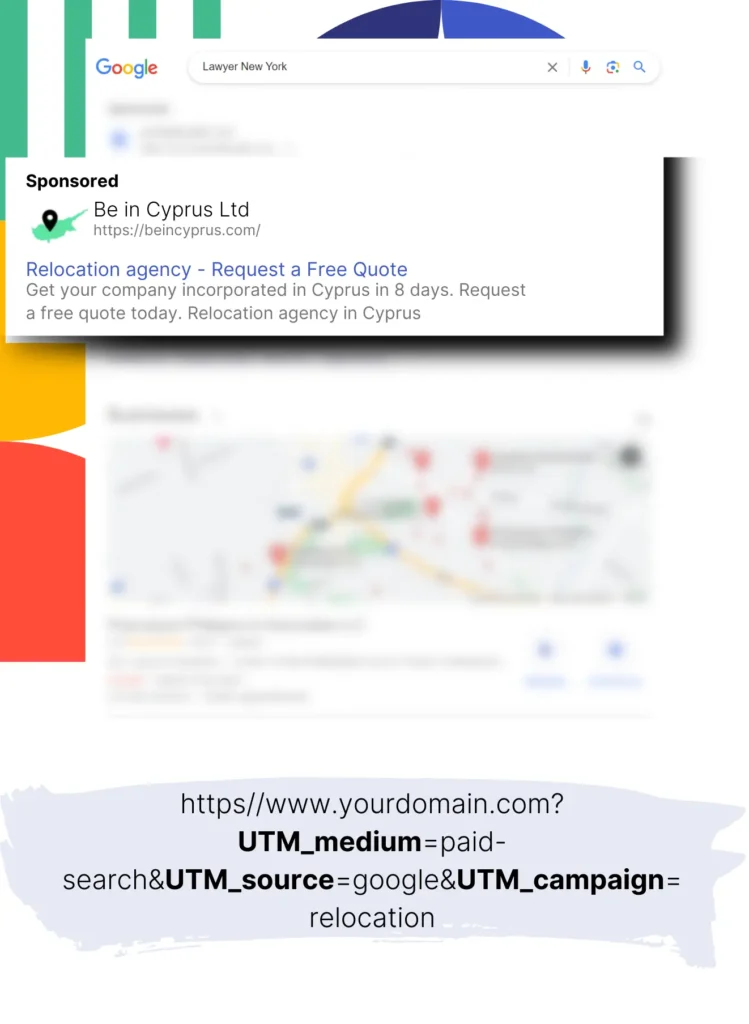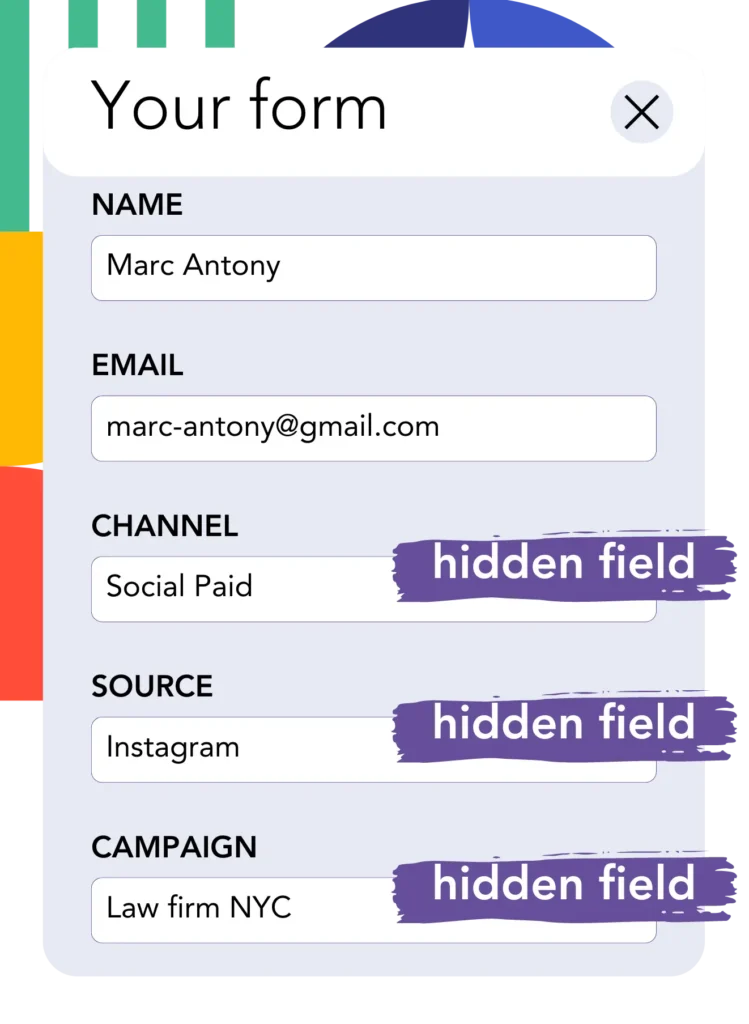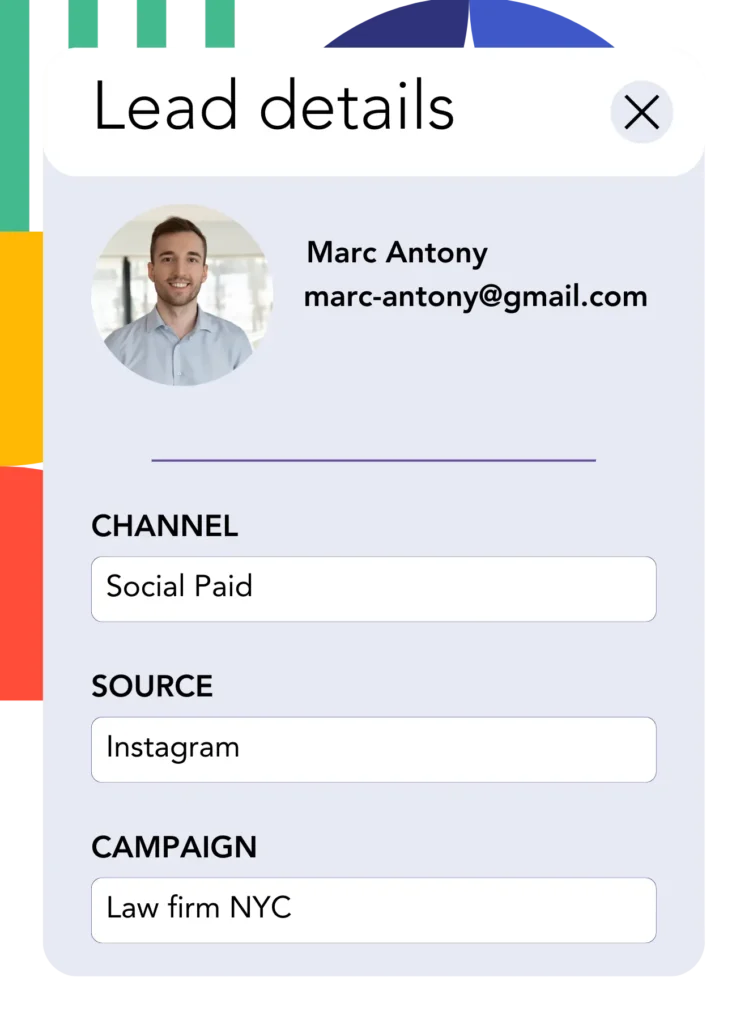You are using Google Ads to generate leads, but don’t know from which campaigns your leads are coming?
This is a well-known problem. Google Ads only shows how many leads you have generated from a campaign, ad, or keyword, but doesn’t provide any data on a lead level.
As a result, you can’t know which campaign, ad, or keyword generated the leads that converted in customers.
Leadsources solves this problem.
With Leadsources, you can finally track your Google Ads data (campaign, ad, keyword, etc.) on a lead level.
If you send your leads in Zoho CRM, you can visualize the Google Ads data (campaign, ad, keyword, etc.) for the leads that transformed into clients.
You can then run reports such as: Keywords that generated the most clients… and take decisions on which keywords to promote, and which ones to cancel.
Let’s dive in!
Capture Google Ads lead data in Zoho CRM in 4 steps
Step 1: Add Leadsources in the head tag of your website

Sign up to Leadsources.io, and benefit from our 14-day free trial.
Place the Leadsources code in your website’s head tag. No coding knowledge required.
Simply follow this easy step-by-step guide.
Step 2: Add the UTM parameters to your Google Ads campaigns

Insert the UTM parameters you want to track in all your Google Ads campaigns.
Examples of UTM parameters you can add to your ad:
- UTM_source
- UTM_campaign
- UTM_term
- UTM_content
Leadsources also collects data that is not included in UTM parameters, such as the channel, landing page, and landing page subfolder. So you get a full picture on a lead level.
Step 3: Add the hidden fields to your form

When visitors fill out your form (name, email, etc.), Leadsources auto-fills the hidden fields with the Google Ads data (campaign, ad, keyword, landing page, etc.).
To do this, simply add hidden fields to your form that will store the UTM parameters. We provide step-by-step guides for all the popular form builders. No coding skills required.
Step 4: Track the Google Ads data in Zoho CRM

When a visitor clicks on your Google Ads ad and lands on your page, Leadsources captures the Google Ads data (campaign, ad, keyword, landing page, etc.).
The Google Ads data are automatically added to the hidden fields of your form by Leadsources.
Upon form submission, the Google Ads data – along with the form responses – can be transmitted Zoho CRM. Connecting your form to Zoho CRM is necessary for this.
How does Leadsources work?
When you insert the Leadsources code into the head tag of your website, it will read and capture Google Ads data (UTM parameters and referrer) whenever someone visits your site.
It then stores the Google Ads data in the hidden fields of your form.
If a visitor comes to your site without UTM parameters in the URL, Leadsources will still collect data about them via the referrer:
- Channel
- Source
- Campaign
- Landing page
- Landing page subfolder
This method enables you to monitor essential lead source information even if UTM parameters are not used, including:
- On Google Search
- On your Instagram bio link
- On your social media posts
- Etc.
Most tools track lead sources only through UTM parameters, but Leadsources lets you monitor lead data even for the channels that don’t use UTM parameters:
- Organic Search
- Paid Search
- Organic Social
- Paid Social
- Referral
- Affiliate
- Display Advertising
- Direct Traffic
This allows you to consolidate precise lead source data into one central location.
How to run performance reports
With your Google Ads data recorded in Zoho CRM, you can now create performance reports such as:
- Leads per channel
- Revenue per channel
- Revenue per keyword
- Etc.
This helps you make well-informed choices regarding your marketing expenditure.
Let’s explore the various reports you can create.
Lead performance reports
You can run reports showing the volume of leads generated by:
- Channel
- Source
- Campaign
- Landing page
- Landing page subfolder
Example #1
For campaigns across different channels (SEO, PPC, email, etc.), you can export the data and create a report called “Leads by Channel.”

Example #2
After determining which channel produces the most leads (e.g., Google Ads), you can narrow down further by selecting this channel to view the lead count for each specific ad campaign.

Example #3
Once you’ve identified the campaign with the highest lead generation, you can further investigate by examining which specific keywords are producing these leads.

Sales performance report
Identifying the ads and keywords that bring in the most leads is useful, but does this mean they also increase your revenue?
By forwarding your form submissions to Zoho CRM, you can produce detailed sales performance reports.
Example:
| Channels | Search Paid | Social Paid |
| Leads | 50 | 75 |
| Sales | 5 | 6 |
| Average order value | $150 | $100 |
| Revenue | $750 | $600 |
After running ads on Google and Facebook, you found that Social Paid ads generated a higher number of leads compared to Search Paid ads.
After several weeks, analyzing lead conversion to paying customers shows that the Search Paid channel produced more revenue with fewer leads than the Social Paid channel. This helps guide your decision to raise the budget for Search Paid campaigns.
LeadSources tracks the source of each lead in Zoho CRM, whether they come from ads, organic search, social, email, etc. and syncs that data with each submission. See the full breakdown on the lead source in Zoho CRM page.

